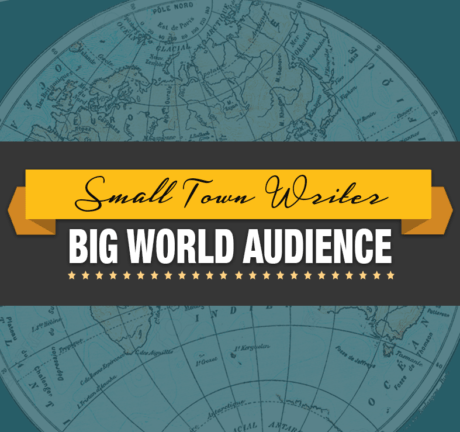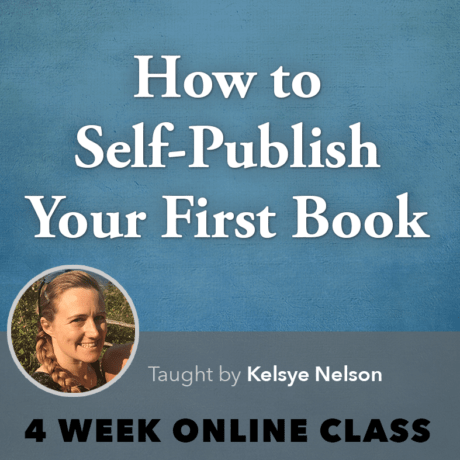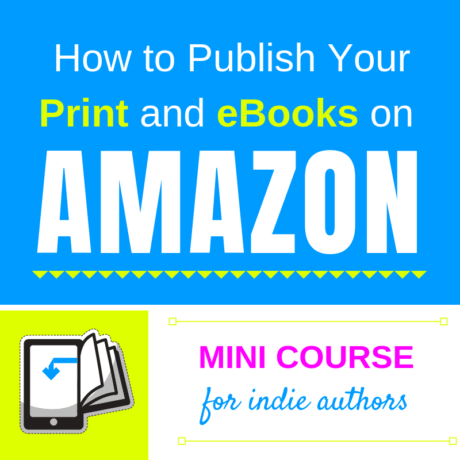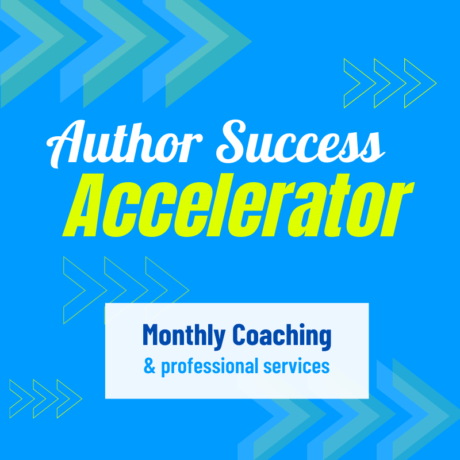

Self-publishing a poetry book may seem like a daunting task since poetry has a much smaller reader-base than any other forms of writing, but don’t let that discourage you. Famous poets like Walt Whitman—with his book, Leaves of Grass—started their poetry journey by self-publishing and self-marketing. We’re living in an era when poetry is once more being widely consumed, when a reader-base can be created through various social media platforms.
If you’re looking to compile your poetry into a book by yourself for publication, here is a list of 6 things for you to know before you begin:
01. Decide on the Number of Poems
Take all those poems you scribbled in the dead of night and choose the ones you love the most. A poetry book should typically contain 30 to 100 poems in total, following a particular order or flow. If you don’t already have enough poems—and if you’re too lazy to keep writing—try developing a writing routine. Pick a random word to use as your inspiration, or go through poetry writing prompts.
Remember, not all of the poetry you write has to end up in the book—some of it can even serve as a draft to create something better.
02. Find a Theme or Connecting Thread Between your Poems
Poetry books are not like novels. The poems don’t necessarily have to tell a story or be in sequential order of events. But there has to be some connection between your poems if you’re to hook your reader into it.
Your book could follow a certain theme, like love, war, grief, empowerment—which are the most popular themes in poetry books. Or they could be connected by style or poetic form, or simply any connecting thread that helps organize your poetry book.
03. Choose the Format
Choosing the format of your poetry book can determine its success. If you’re unsure whether your book will be a success, and if you’re unwilling to drain all your resources on it without knowing for certain, you can publish your poems in the form of a chapbook in order to determine how successful it will be.
A chapbook is essentially a “sample”—an indication of the poet’s skills—in the publishing world, and is published before a full-length poetry collection. For instance, Columbian-American poet, Melissa Lozado-Oliva, initially published a chapbook “Peluda” which gave her the opportunity to find recognition within the poetry community and gauge her success as a poet before she went on to publish a full-length collection of her poems.
04. Edit Your Manuscript
Editing in poetry doesn’t end with grammar and sentence structure and getting the flow of your poem perfect. It also refers to the appearance of your poems.
Set a specific margin for your pages such that there is plenty of white space around your poem. This white space not only improves how your poem looks upon the page, but also gives readers space to think and form their own opinion about what you’re writing.
Make sure there is only one poem per page. The choice of capitalizing the first word in every line is entirely yours—poets like Rupi Kaur don’t abide by traditional grammar rules when writing poetry or prose.
05. Find a Book Designer (or Do It Yourself)
The most difficult part about self-publishing is finding the right people to do the designing of your book covers and book-related posts. But, if you have an eye for design (even if you lack experience to use the advanced designing tools like Adobe Photoshop), you can resort to designing your own covers.
In our article, 4 Sites to Design Your Own Stunning Book Ads In, you will find a comparison between 4 different websites that are created with the intention of aiding nonprofessionals in the field of designing.
05. Find a Book Designer (or Do It Yourself)
When you decide to go with self-publishing instead of traditional publishing, the marketing and promoting aspects of your book also becomes your own responsibility. Therefore, the easiest way to get your book out into the world is by first building a significant following, composed of people who will genuinely be interested in your poetry.
Social media has made this task extremely convenient for indie authors. The article, How to Build An Authentic Fanbase in Our Virtual World, gives a comprehensive, step-by-step guide on how to create your own following before publishing your book.

Sharika Hafeez
Sharika Hafeez is a nerd, and she’s proud of it. Growing up, she fell in love with books and writing, and is currently following her undergraduate degree (for some mysterious reasons) in Physics. She likes procrastinating by watching the stars with a steaming cup of tea, composing poetry in her head.







0 responses on "6 Things to Consider When Publishing a Poetry Book"